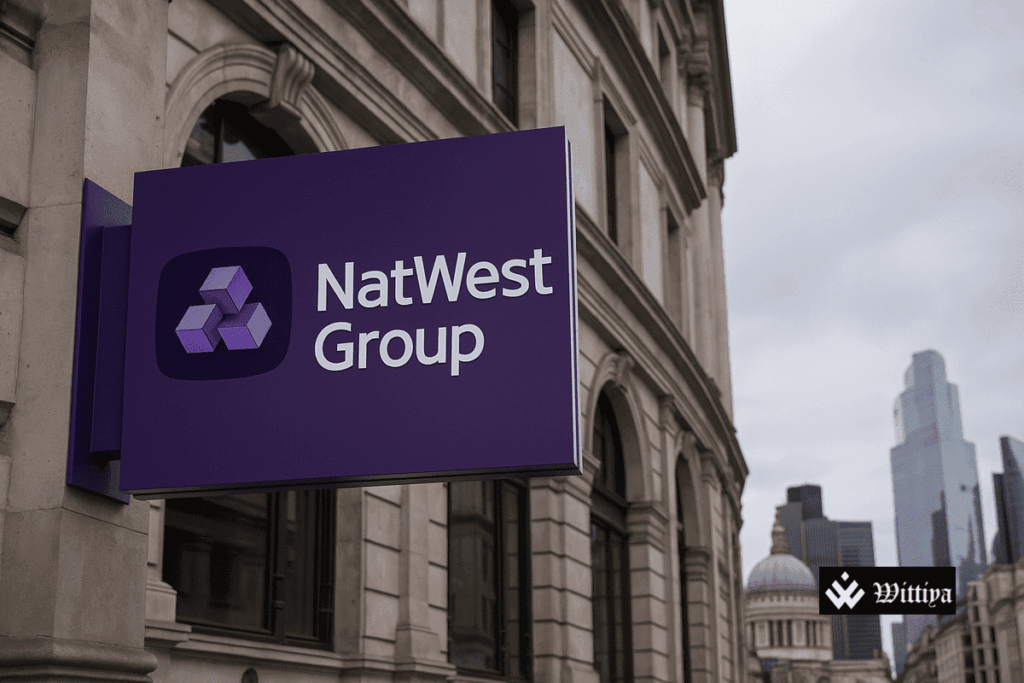NatWest Group Plc in London, UK, nears the final step of government divestment after 17 years since its bailout, marking a new growth phase and strategic acquisitions.
NatWest Group Plc, a leading British bank headquartered in London, England, is on the verge of completing its transition away from government ownership nearly 17 years after its bailout during the global financial crisis. The UK government now holds less than 1% of its former stake in the bank and is expected to fully divest soon, marking the end of a significant chapter in NatWest’s history.
Once known as the Royal Bank of Scotland, NatWest underwent a dramatic transformation after receiving a nearly £46 billion bailout from the UK government in 2008 to prevent systemic collapse. Since then, the bank has focused on restructuring, cutting thousands of jobs, and exiting several countries. It has also streamlined its business to concentrate on domestic retail and commercial banking.
Under the leadership of Chief Executive Officer Paul Thwaite and Chairman Rick Haythornthwaite, NatWest has moved from recovery to expansion, acquiring banking assets from J Sainsbury Plc and Metro Bank Holdings Plc, while expressing interest in Banco Santander SA’s UK business. The bank also aims to grow its wealth management services and support major infrastructure projects planned by the current UK Labour government led by Prime Minister Keir Starmer.
Although the government’s involvement was crucial during the crisis, the sell-off of shares in recent years has crystallized losses on the initial rescue. NatWest’s shares recently reached a 14-year high, reflecting improved profitability with a pretax profit of £6.2 billion in 2023.
NatWest’s evolution reflects broader trends in the banking sector, including a shift away from risky practices and greater regulatory scrutiny, with the bank now operating with a significantly smaller balance sheet and workforce.
